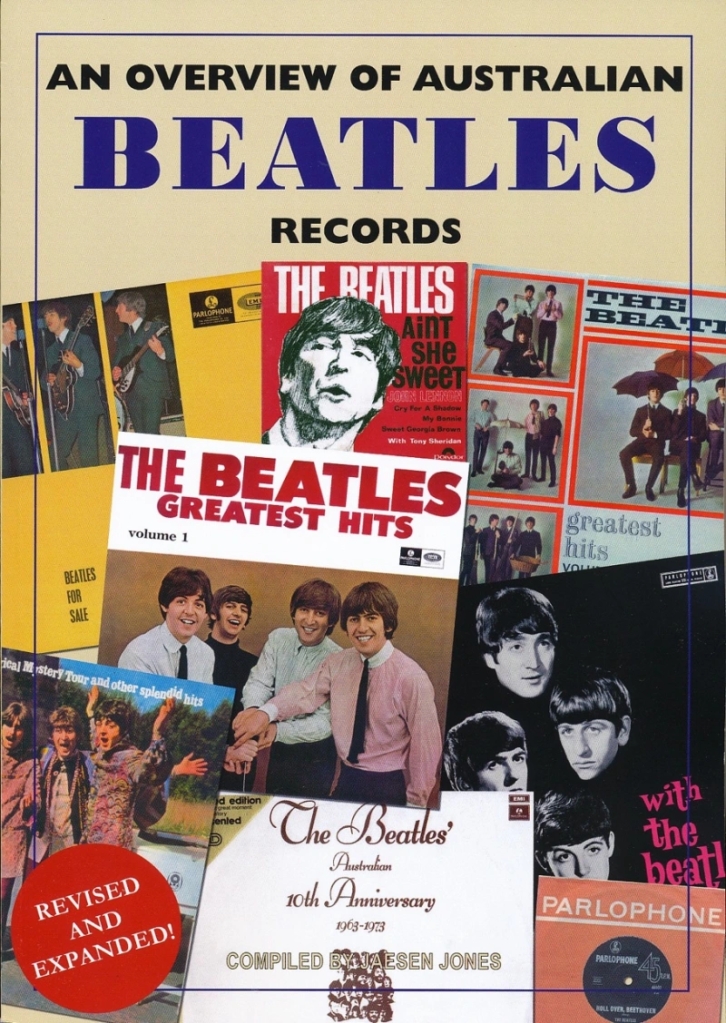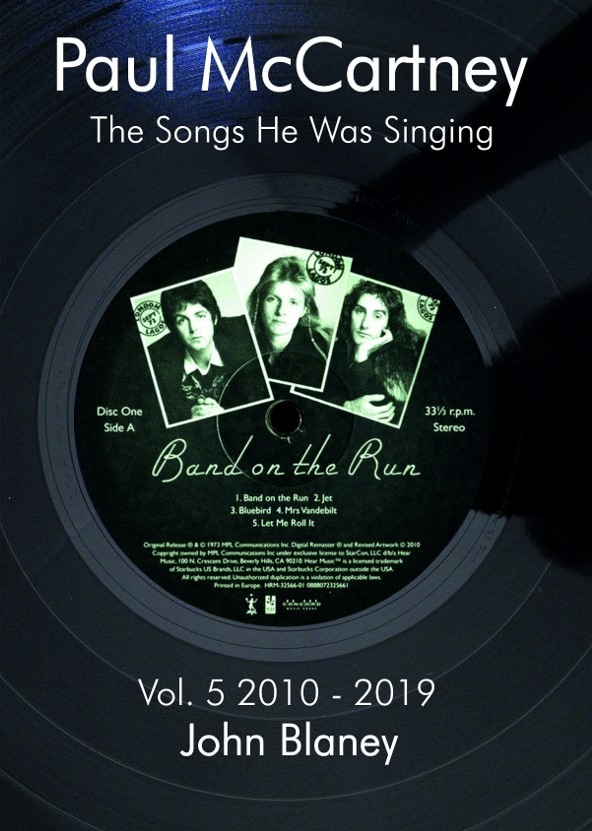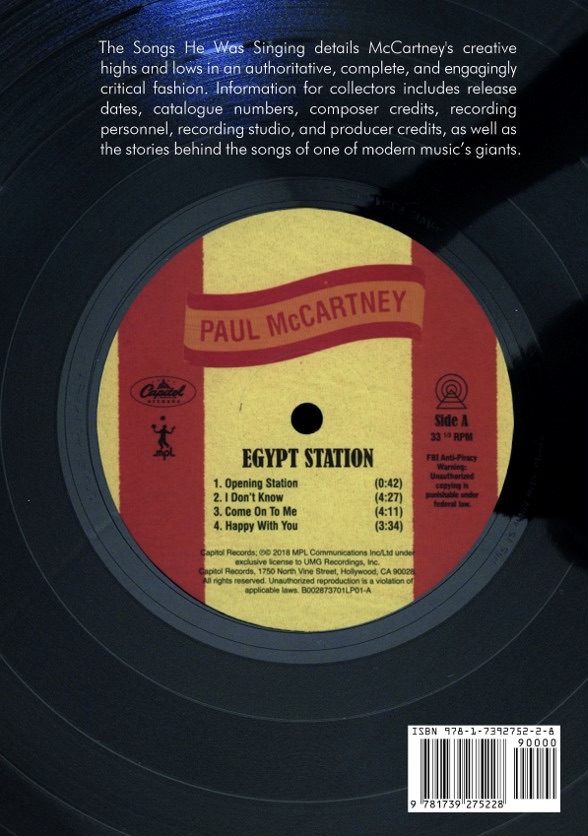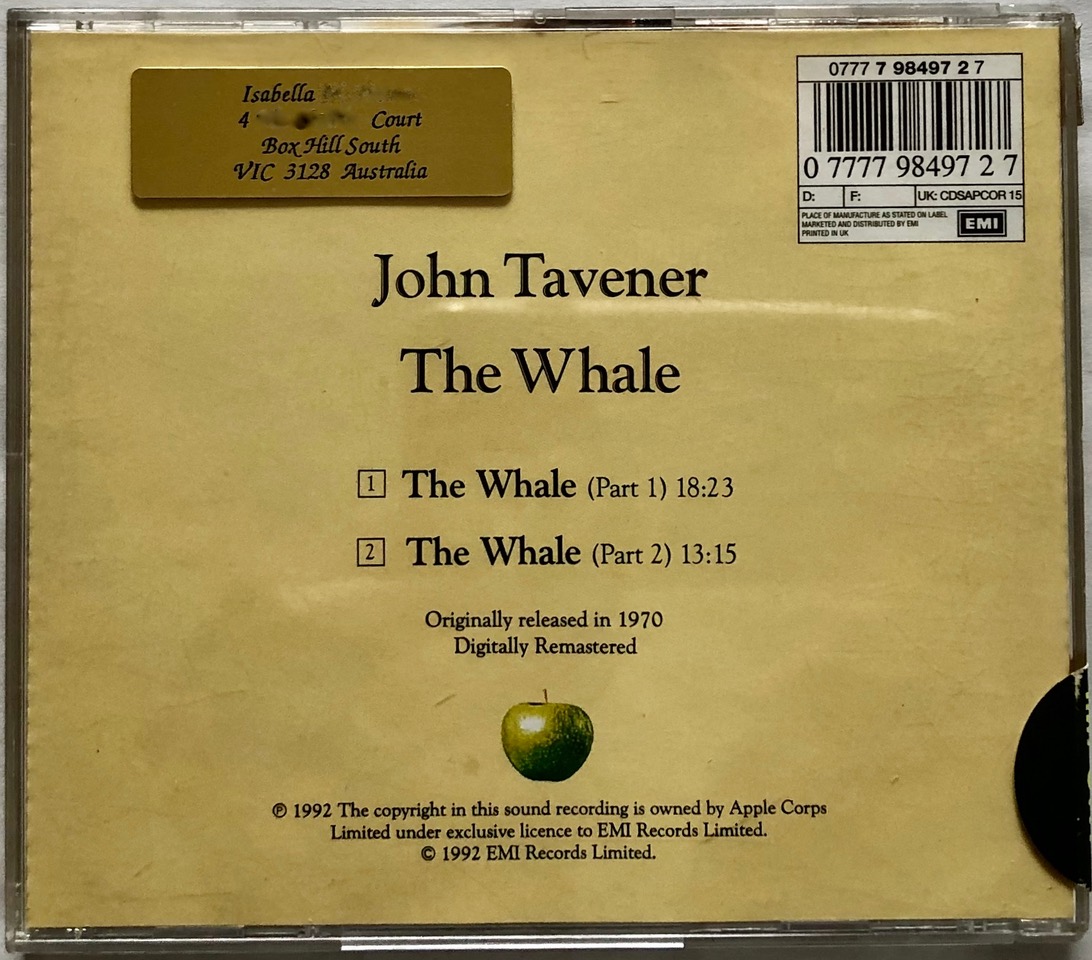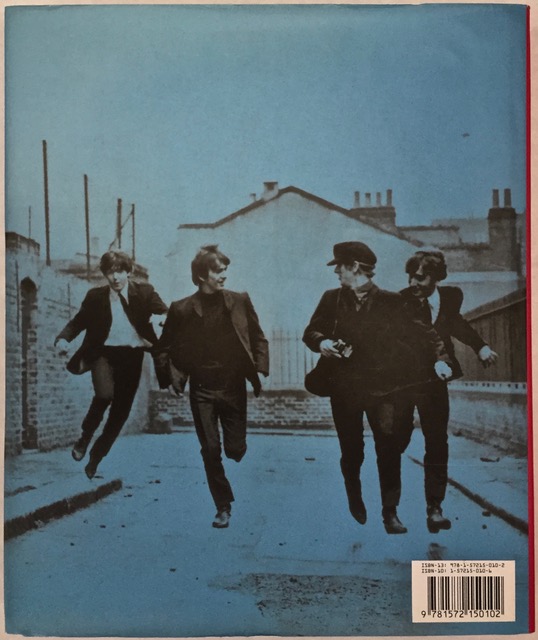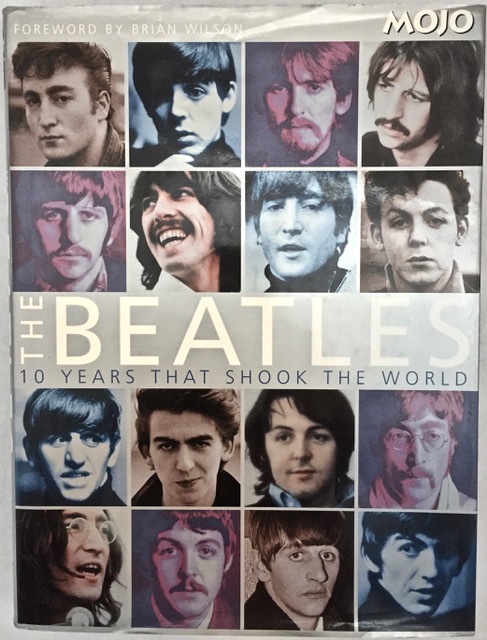The subtitle of this blog is “Adventures in Collecting Beatles Music” and so we often get people inquiring about rare (or not-so-rare) pressings that they’ve come across out in the wild.
Like this one earlier this week from a reader named D-Wizz who is based in Brisbane, Australia:
I refer to the attached photos which are both sides of the same record. I note that the font used for each label is different. Side 2 looks like a 1960s style while Side 1 has an early 70s font. I cannot find an example of this on any Beatles related site, so I wonder is it a rarity, a mis-pressing, or something else? Does it make this copy any more valuable?
Thanks for your attention and assistance.
Regards, etc.
We love a challenge like this and delved into doing a little research. This is right at the heart of the adventures in collecting Beatles music! Here’s what we wrote back with:
Thanks for your email, and for sending through actual photos of the labels. This makes identification so much easier!
We’ve consulted the book An Overview of Australian Beatles Records by Jaesen Jones, which is a fantastic resource, plus his comprehensive website I Am The Platypus – The Beatles Australian Records Labelography – also very helpful in identifying Aussie Beatle pressings and variations. For what you need to know you should look at this page for the Sgt. Pepper’s label variations, and this page for further info on Australian label variations generally (click on the “Orange 1-Box” tab at the top).
What you have here is obviously a pressing of Sgt. Pepper’s that came out around October 1978 when EMI Australia was right in the middle of transitioning from one label design to another.
You’ve correctly identified that your Side 2 label is older – and in fact it is. It was the orange Parlophone label in use on Australian pressings of Sgt. Pepper’s from 1969-1978. It is known as the Orange 1-Box Style A, and has the word STEREO written large at the top.
Then, in October 1978, EMI changed that label to what is called the Orange 1-Box Style B. This still has the word STEREO, but now in a much smaller font and set to the right of the spindle hole above the catalogue number. This is your Side 1 label.
We’d guess that when they were pressing your copy it must have been right on the change-over date between the two variations in October 1978. They obviously had some of the older style Side 2 labels left over (Orange 1-Box Style A) and where just using them up. However, for Side 1 they’d obviously started using the new-look Orange 1-Box Style B labels.
(FYI there was a further orange label variation that was introduced from early 1979 called Orange 1-Box Style C that was used up to 1981. This had no mention of the word “Stereo” on it at all).
So, is your copy rare and more valuable? Well, it is interesting!
Jaeson Jones includes in his book a ‘Guide to Rarity’ and, on a scale of 1-10 (where 1 is very common, and 10 is very rare), he lists the Sgt. Pepper’s Orange 1-Box Style A as a 5, and the Orange 1-Box Style B as a 3. Both therefore are reasonably common I’m afraid – but at least yours is different and it has a bit of a story behind it! I dunno, maybe we’d rate it as a 6?
Hope this helps,



